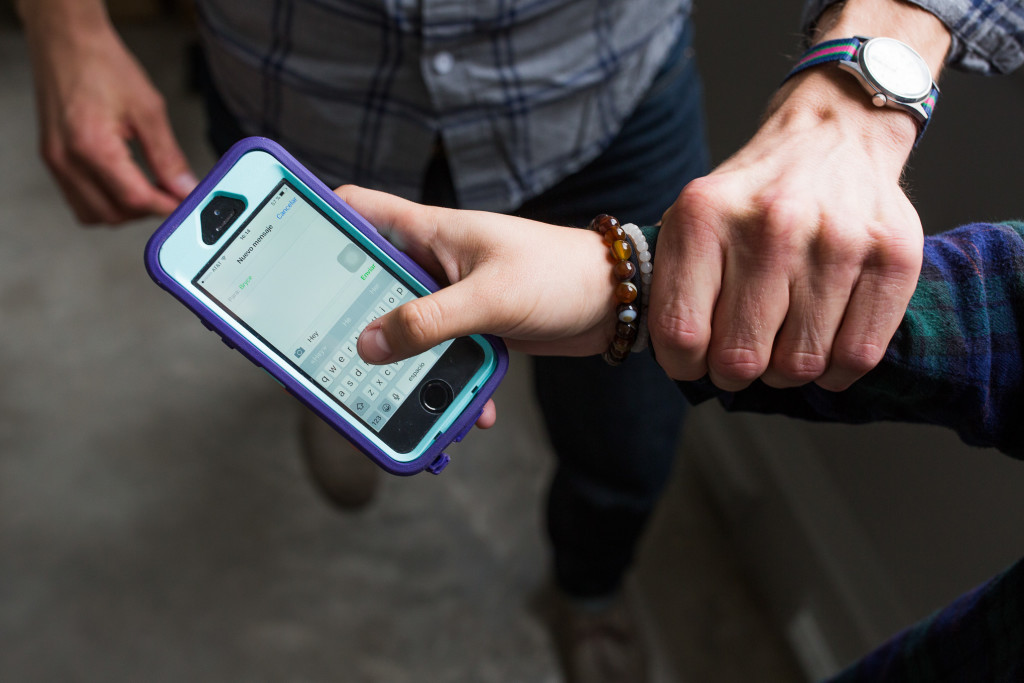LatinaLista — Teenagers with their faces caught in the traction beams of their smartphone screens are so ubiquitous these days that it’s spawned a documentary and new term — “screenagers.” With psychologists sounding the alarm that teens are addicted to their smartphones, there’s no denying that this age group is increasingly blurring the line between online and offline life.
There’s no truer example of this new phenomenon than with dating. While smartphones have enhanced the dating experience, they also have turned into handy weapons in the hands of malicious abusers.
According to the latest data from the Mary Kay eighth annual Truth About Abuse Survey, 27 percent of young people say they have experienced digital dating abuse, while 39 percent say they know of someone who has been a victim.
Digital dating abuse may sound like online bullying but there is one important difference — the victim is ‘in love’ with their bully. An emotional attachment to the abuser makes it harder for the victim to clearly see, accept and report that it’s abusive behavior and would rather believe it’s only the actions of someone who just wants to be protective and attentive.
However, the survey points out that there are specific warning signs of digital dating abuse:
- Significant other going through their phone (46%)
- Texting, calling or emailing excessively to “check-in” (33%)
- A partner sending unwanted, lewd texts or emails (18%)
- Posting embarrassing or negative content about a significant other on social media (14%)
“It is disheartening to see abusive partners leverage technologies that are intended to mobilize our lives and bring us closer to our loved ones as a tool for controlling their partners,” said Cameka Crawford, Chief Communications Officer at Mary Kay’s domestic violence initiative, loveisrespect.
Dating abuse has always been more common than was generally known. For example, one in three adolescents in the U.S. is a victim of physical, sexual, emotional or verbal abuse from a dating partner, a figure that far exceeds rates of other types of youth violence.
And girls are the most likely victims.
Girls and young women between the ages of 16 and 24 experience the highest rate of intimate partner violence — almost triple the national average.
Studies have shown that when teens are subjected to online abuse, among other “risky online experiences,” they don’t automatically report it to their parents because they’re either embarrassed or don’t want to deal with their parents “freaking out.”
Logic tells us that if these teens don’t go to their parents or adults in charge then they’re turning to the one source of support that generations of teens have depended on — their friends.
Ironically, in the Truth About Abuse Survey, 82 percent of young people said they want more information about digital dating abuse for the precise purpose of talking to their friends about it.
“As technology changes every day, our strategies to prevent and to end abuse must change and adapt as well. The results from Mary Kay’s survey further illustrate the need for more education, ensuring young adults and teens are building healthy relationships in all contexts and across all landscapes, including the digital world.”



